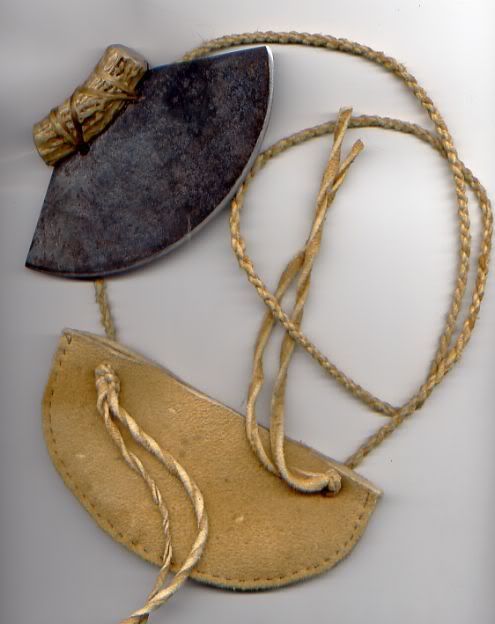Ohhhh kay kids, I did a bunch of merging and it’s kind of a mess. Like an auto pile-up. :o (Get it? Merging? Yes, affirmative: I am a dork.)
But I kept the original subject lines so if you need to, you can follow those in order to follow each conversation. For most intents and purposes it shouldn’t be necessary - you can pick and choose which information applies to you.

